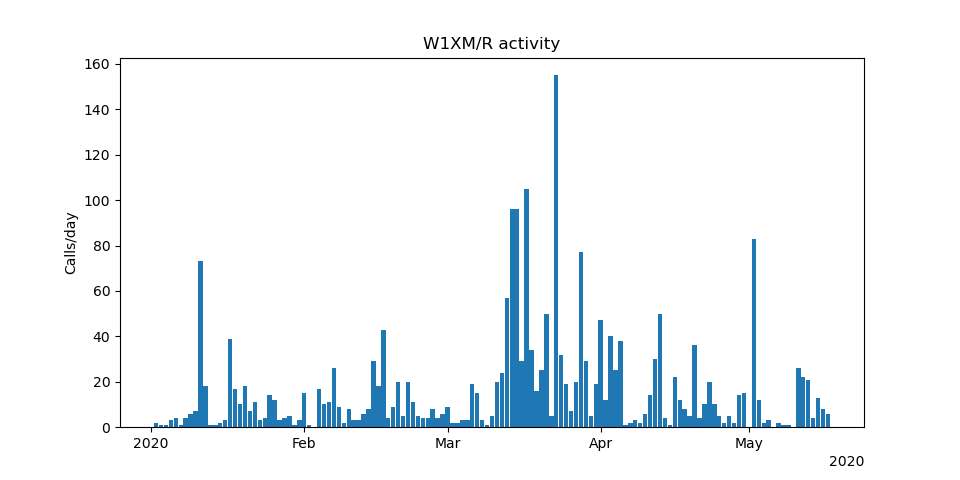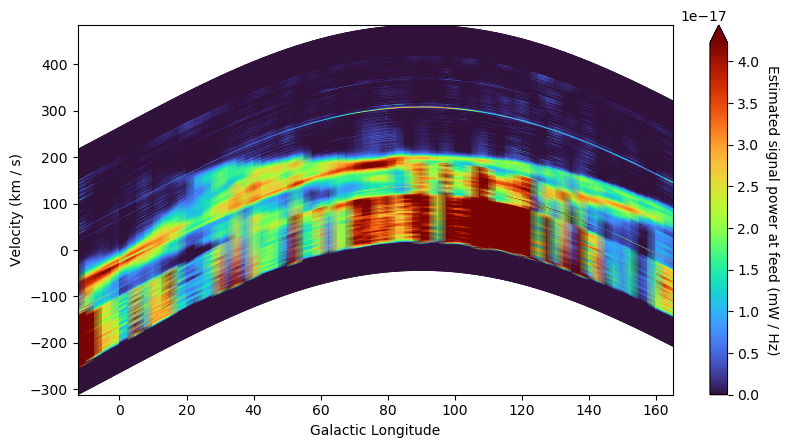May 16, 2020
COVID-19 Response and Community Support
The COVID-19 pandemic has directly impacted the MIT Radio Society’s operations. MIT’s campus is currently closed to students, visitors, and most staff. However, read on to find out how we are continuing to support our community.
Emergency communication
One of the primary purposes of amateur radio is to support communication in emergency situations. Our infrastructure is still fully functional and is being maintained. The W1XM/R analog repeater provides voice communication to the MIT community and the greater Boston area. Since students have left campus, our repeater has seen a significant increase in traffic. It provides an ongoing connection for students in the greater Boston area and is a powerful antidote to the isolation most students are feeling.

We have also been able to connect with club members farther away from campus. We successfully established a link with club members who are sequestered in a cabin in Maine using a repeater on Mount Cranmore.
Our W1XM-15 APRS digipeater continues to be available and serves text-based communication in eastern Massachusetts.
Finally, many members of the club are also members of MIT’s Community Emergency Response Team, and those members who are still in the area have provided operational support for a variety of activities since the beginning of the pandemic.
Remote academic support
With undergraduate students leaving campus, teaching has moved online. For MIT’s Junior Lab class, where physics majors normally run a series of experiments in laboratory, this has been a particular challenge. The MIT Radio Society has been able to help by making our 6m “Big Dish” available for radioastronomy experimentation. We have the capability to measure the “1420.406 MHz emissions”:https://en.wikipedia.org/wiki/Hydrogen_line from Hydrogen gas.
A group of Junior Lab students successfully used our radiotelescope to measure the distribution of Hydrogen in our own Milky Way galaxy. Here is some real data they captured that shows the spiral arms of our galaxy:

We are very glad that we have been able to contribute to continuing MIT’s academic mission through these challenging times.
Fundraising
We are still fundraising to support our ongoing research needs. Unfortunately, the facilities used for all of the projects mentioned above are in danger of demolition as part of scheduled construction over the coming year, unless the club can raise $300,000 to renew our space. We know these are difficult times, but if you are able, we could really use your help ensuring we can continue to support MIT’s academic mission and MIT’s community for many years to come.

